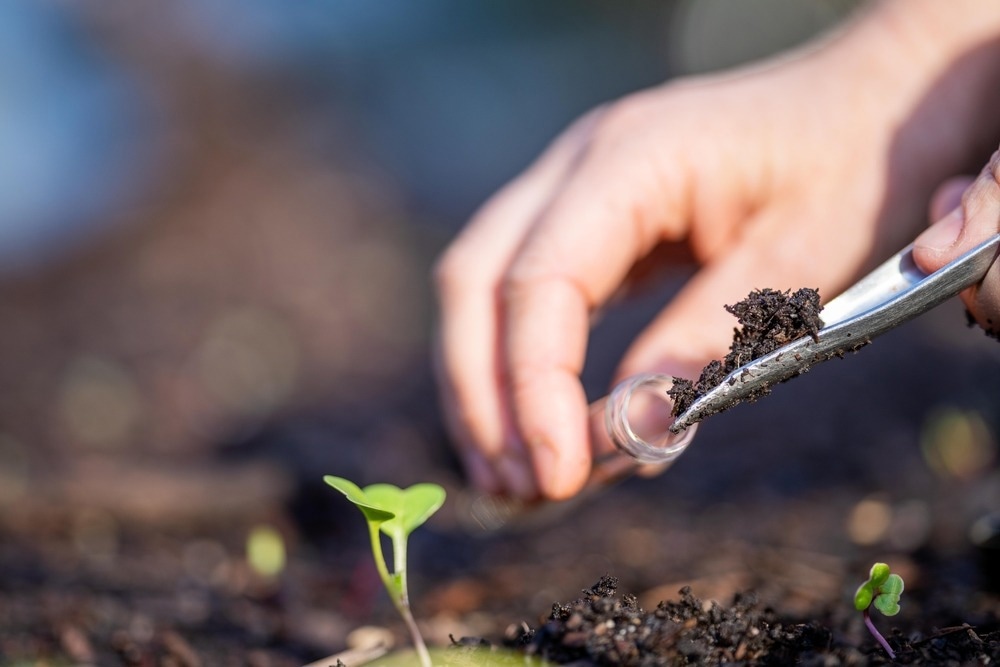Soil carbon dynamics are significantly impacted by biocrusts, which are composed of various species, including lichens, mosses, and cyanobacteria. Therefore, forecasting and managing ecosystems depend on the ability to comprehend how biocrusts work and react to environmental disturbances.

Image Credit: William Edge/Shutterstock.com
The Northwest Institute of Eco-Environment and Resources of the Chinese Academy of Sciences’ Prof. Xinrong Li led a study team that discovered that biocrusts significantly boosted soil carbon release, with this impact becoming more evident during simulated warming.
Soil Biology and Biochemistry published the findings on October 20th, 2023.
The researchers discovered that the formation of biocrust in drylands could significantly improve soil carbon release, leading to an increase in atmospheric CO2 that releases around 66.5 g C m-2yr-1.
As a result of increased carbon release from biocrust brought on by rising temperatures, CO2 efflux rises by around 22.9 g C m-2yr-1 per °C. Accordingly, under climate change, biocrust may amplify the carbon cycle between the atmosphere and the soil, creating a positive feedback loop that exacerbates the consequences of climate change.
The researchers discovered that seasonal variations and the type of biocrust affected the rise in net soil exchange (NSE).
Furthermore, the researchers noticed that biocrusts in drier regions exhibited less sensitivity to temperature fluctuations, indicating a possible adaptation to warmer climates.
The variance in NSE linked to biocrusts also raises the possibility of effects from climate change on these ecosystems’ overall fitness.
The study also emphasizes how crucial it is to incorporate biocrusts into global carbon models to forecast their function precisely in the face of changing climatic conditions.
These results underscore the complex interaction between biocrusts and their environment, with implications for our understanding of carbon cycling in arid landscapes.
Xinrong Li, Professor, Northwest Institute of Eco-Environment and Resources, Chinese Academy of Sciences
Journal Reference:
Sun, J, et. al. (2023) Biocrusts modulate carbon losses under warming across global drylands: A bayesian meta-analysis. Soil Biology and Biochemistry. doi:10.1016/j.soilbio.2023.109214